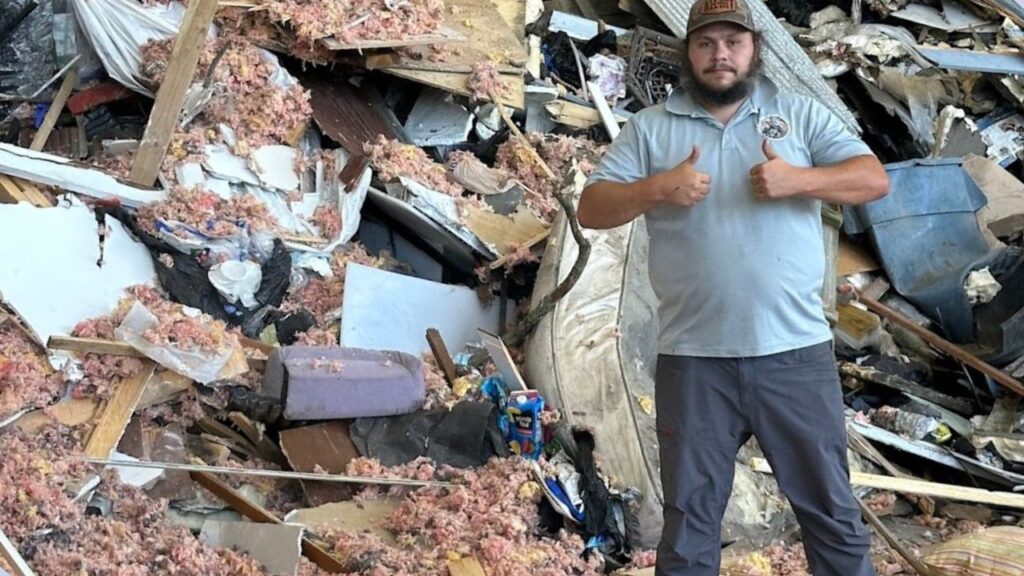How To Disconnect Your Washer
Simple Steps to Disconnect Your Washer Before Pickup
 At All In 1 Junk Removal & Demo, we’ve removed countless washers and dryers over the years.
At All In 1 Junk Removal & Demo, we’ve removed countless washers and dryers over the years.
Often, when we arrive at a client’s home, they don’t know how to disconnect the washer from the wall. When this happens, we usually have to charge a little extra because it takes additional time and tools to disconnect it.
To help you avoid this extra charge, we’ve put together a simple guide on how to safely and easily disconnect your washer.
Step-by-Step Guide to Disconnecting Your Washer
1. Pull the Washer Out Every washer, whether it’s a top-loader or front-loader, is usually connected with two hoses: one for hot water and one for cold water, and of course, a power cord. To access these hoses, you’ll need to pull your washer out from the wall. You can do this by gently shimming it back and forth.
2. Unplug the Washer Before you start unhooking anything, you don’t want to risk anything with electrical currents. Make sure to unplug the power cord from the wall.
 3. Locate the Hoses Once you have some room behind the washer, and unplugged the power cord, you will see two hoses or faucets coming out of the wall, each connected to the back of your washer. You’ll also notice a drainage hose that looks like a hook and is inserted into a drain in your wall. This is where the water goes during the rinsing cycles.
3. Locate the Hoses Once you have some room behind the washer, and unplugged the power cord, you will see two hoses or faucets coming out of the wall, each connected to the back of your washer. You’ll also notice a drainage hose that looks like a hook and is inserted into a drain in your wall. This is where the water goes during the rinsing cycles.
3. Turn Off the Faucets Before you disconnect any hoses, turn off the water supply by turning the faucets to the right, just like any other faucet in your home.
4. Disconnect the Hoses Next, twist the hoses off the faucets. Using a pair of channel locks or pliers can make this easier, but often, you can twist them off by hand. Be prepared for a little water to spill out of the hoses—this is normal and nothing to worry about.
 5. Remove the Drain Hose Pull the drainage hose out of the drain. Again, there might be a bit of water left in the hose, but it will drain to the ground without any issue.
5. Remove the Drain Hose Pull the drainage hose out of the drain. Again, there might be a bit of water left in the hose, but it will drain to the ground without any issue.
7. Move the Washer Now, you can start rocking the washer back and forth and pull it out of its slot. If you have a heavy front-load washer, it might be best to leave it where it is, and we can handle the heavy lifting for you.
And that’s it! You’ve successfully disconnected your washer, saving yourself an extra charge when we come to pick it up.
If you have any questions or need further assistance, don’t hesitate to reach out to us. We’re here to help!








